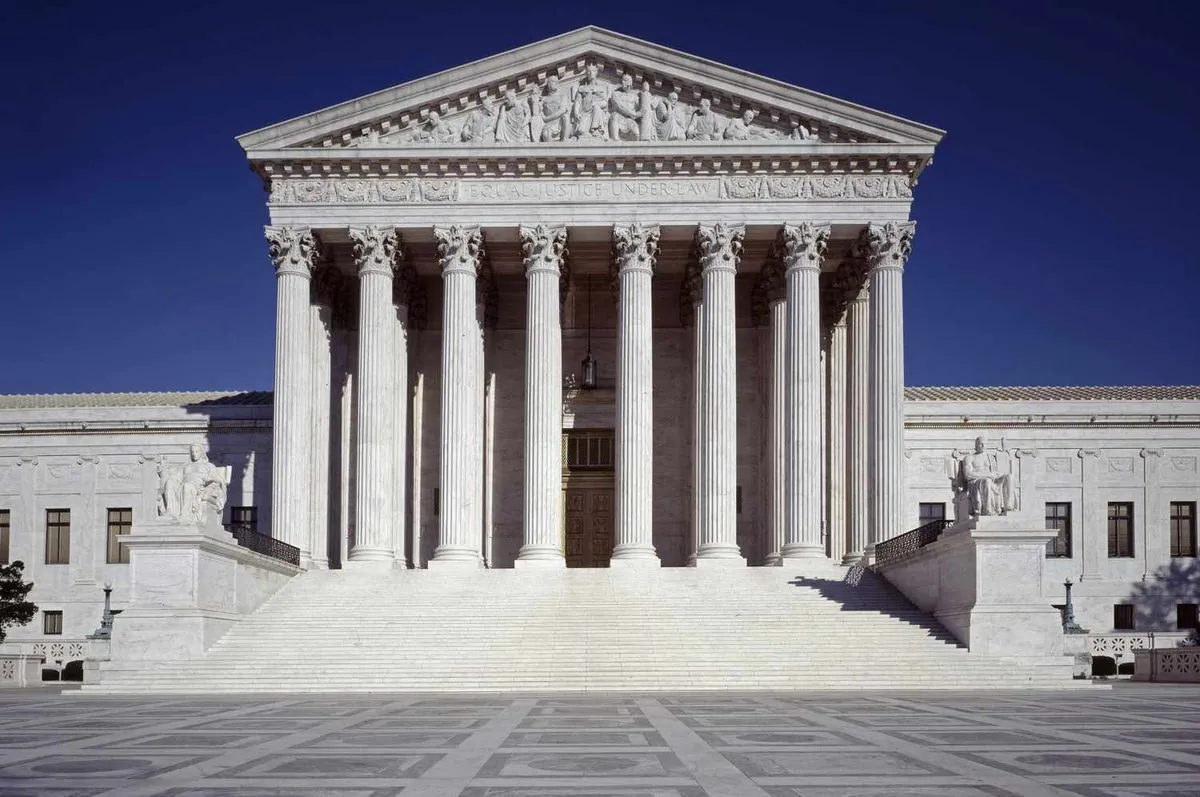The U.S. Supreme Court has agreed to examine a case that could potentially alter the landscape of workplace discrimination claims for individuals from "majority backgrounds." This decision, made on October 4, 2024, comes as the Court prepares to address the complexities of proving bias against workers who are part of traditionally dominant groups, such as white or heterosexual individuals.
At the center of this legal debate is Marlean Ames, a heterosexual woman who filed a lawsuit against the Ohio Department of Youth Services. Ames alleges that she lost her position to a gay man and was overlooked for a promotion in favor of a gay woman, actions she claims violated federal civil rights law.
The case brings to light the intricate balance between protecting all workers from discrimination and recognizing the historical context of workplace bias. Title VII of the Civil Rights Act of 1964, signed into law by President Lyndon B. Johnson, serves as the cornerstone of federal anti-discrimination legislation in employment. This landmark act prohibits workplace discrimination based on race, sex, religion, and national origin.
Since the 1980s, several U.S. appeals courts have implemented higher standards for proving discrimination claims against members of majority groups. These courts argue that such bias is relatively uncommon, justifying a more stringent burden of proof. However, this approach has not been universally adopted, with some courts maintaining that Title VII does not differentiate between minority and majority groups in its protections.
The Supreme Court's decision to hear Ames' appeal could have far-reaching implications. It may potentially influence the growing number of lawsuits filed by white and straight workers claiming discrimination under company diversity, equity, and inclusion (DEI) policies. These initiatives, which gained prominence in the 2010s, have become a focal point in the ongoing debate about workplace equality and representation.
The concept of "reverse discrimination" emerged in the 1970s, adding another layer of complexity to employment law. As the legal landscape evolves, so too does the interpretation of protected classes under the Civil Rights Act. Notably, in 2020, the Supreme Court first recognized sexual orientation discrimination as a form of sex discrimination under Title VII, marking a significant shift in the understanding of the law's scope.
The Equal Employment Opportunity Commission (EEOC), established to enforce federal anti-discrimination laws, will likely be watching this case closely. The outcome could influence how the agency approaches future complaints and investigations.
As the Supreme Court, with its nine justices serving lifetime appointments, prepares to hear arguments in its new term beginning October 7, 2024, legal experts and employers alike are anticipating a decision that could reshape the landscape of workplace discrimination law. The Court is expected to deliver its ruling by the end of June 2025, potentially setting a new precedent for how "background circumstances" are considered in discrimination cases involving majority groups.
This case underscores the ongoing evolution of civil rights law in the United States. From the appointment of the first female Supreme Court justice, Sandra Day O'Connor, in 1981, to the recognition of new forms of discrimination, the legal system continues to grapple with the complex realities of ensuring equal justice under law – a phrase prominently engraved on the front of the Supreme Court building itself.
As the nation awaits the Court's decision, this case serves as a reminder of the enduring importance of the Civil Rights Act of 1964 and the ongoing challenge of balancing the rights and protections of all workers in an increasingly diverse society.
